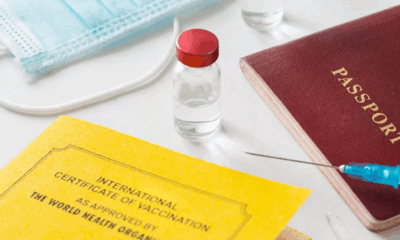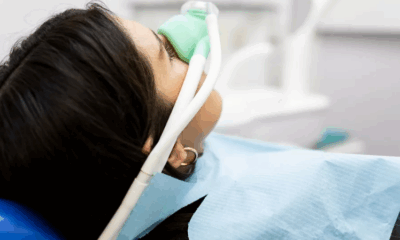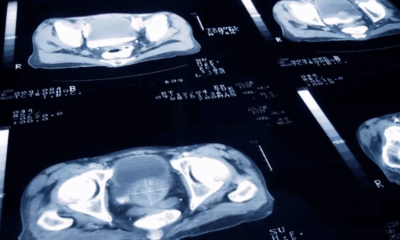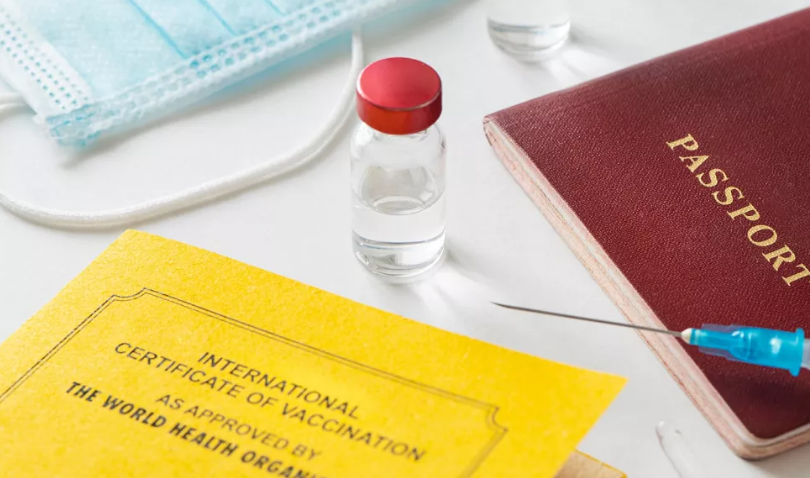Health
Maternal Deaths Remain Alarmingly High Worldwide, WHO Study Finds
A new global analysis has shed light on the persistent and preventable crisis of maternal mortality, revealing that a pregnant woman or new mother dies every two minutes worldwide. The findings, published by the World Health Organization (WHO) in The Lancet Global Health journal, offer crucial insights into why these deaths occur and how they can be prevented.
According to the WHO, an estimated 287,000 maternal deaths occurred in 2020. These deaths, which happen anytime from pregnancy through six weeks after childbirth, are directly related to pregnancy complications. The vast majority take place in low-income countries, with women in sub-Saharan Africa and South Asia facing the highest risks.
Top Causes of Maternal Deaths
The report, the WHO’s first global update in more than a decade, identifies severe bleeding (haemorrhage), preeclampsia, and high blood pressure complications as the most common causes of maternal deaths. If untreated, these conditions can quickly lead to organ failure, stroke, or death.
Other leading causes include sepsis, blood clots, infections, chronic health conditions worsened by pregnancy, and unsafe abortion complications.
Additionally, while maternal mental health remains underreported in many countries, researchers warn that suicide is a major concern for women in their first year after childbirth.
A Reflection of Broader Health Disparities
Experts emphasize that maternal deaths are a warning sign of deeper health, social, and political challenges.
“If women have access to quality care and their social needs are met, they generally don’t die,” said Joyce Browne, a global health expert at University Medical Center Utrecht in the Netherlands.
For instance, the higher risk of haemorrhage in low-income countries reflects persistent inequities in emergency medical care, where a lack of trained staff and resources means some women bleed to death within hours of giving birth.
Meanwhile, in Latin America and the Caribbean, more women die from high blood pressure-related complications, which often develop within the first week after delivery.
Beyond mortality, many women experience severe childbirth complications, known as “near-misses.” A separate study found that one in 20 women in sub-Saharan Africa and one in six in Guatemala suffer life-threatening complications during childbirth.
Solutions to Improve Maternal Health
Dr. Jenny Cresswell, the study’s lead author, stressed that many maternal deaths are preventable with better coordination between obstetrics, emergency care, primary healthcare, and mental health services.
“These interventions are not rocket science,” Cresswell told Euronews Health.
Strengthening healthcare systems in lower-income countries could yield significant improvements, she said. Even incremental progress—such as monitoring a baby’s heartbeat every hour instead of every few minutes in resource-limited areas—can save lives.
However, the study only includes data through 2020, meaning it does not account for how the COVID-19 pandemic further strained healthcare systems. Experts fear that progress has stalled, especially as global health funding cuts, including in maternal and child health programs, add more uncertainty.
Signs of Progress and the Road Ahead
Despite these challenges, there have been notable successes. Since 2000, 69 countries have halved their maternal mortality rates, and sub-Saharan Africa has reduced its rate by 33%.
The key to saving more lives, experts say, is investing in proven solutions and ensuring that every woman, regardless of where she lives, has access to quality maternal care.
“We have good data on why women are dying,” Cresswell said. “The important thing is to invest in solutions to prevent it from happening again.”
Health
Europe Faces Growing Challenges in Meeting Medical Care Needs, EU Report Shows

A new report has highlighted stark disparities in healthcare access across Europe, revealing that a growing number of citizens face unmet medical needs due to systemic issues such as high costs and long waiting times.
According to the latest data from Eurostat and the Health at a Glance: Europe 2024 report, 3.8 per cent of EU residents aged 16 and over reported unmet medical needs in the past year. However, the percentage climbs significantly when focusing solely on individuals who actively required healthcare services — with some countries reporting unmet needs among over 20 per cent of this group.
The causes are twofold: healthcare system barriers, including long waiting lists and treatment costs, account for 2.4 per cent of all cases, while 1.4 per cent stem from personal reasons such as fear of doctors, lack of time, or lack of knowledge about available care.
Unmet healthcare needs vary widely across the continent. Estonia tops the list within the EU, with 15.5 per cent of people reporting unmet needs, followed closely by Greece and Albania, each over 13 per cent. Even wealthier Nordic countries show surprising figures — Denmark (12.2 per cent), Finland, and Norway (over 7.5 per cent) — despite high healthcare spending. Conversely, countries such as Germany (0.5 per cent), Austria (1.3 per cent), and the Netherlands (1.4 per cent) report the lowest levels, pointing to more efficient and accessible healthcare systems.
Cost is a dominant barrier in nations like Greece and Albania, where over 9 per cent of citizens cited unaffordable care. In contrast, long waiting times are the primary issue in countries like Estonia (12 per cent) and Finland (7.5 per cent).
Income inequality also plays a major role. On average, 3.8 per cent of low-income individuals across the EU report unmet needs due to healthcare system issues — more than triple the 1.2 per cent reported by higher-income groups. In Greece, that gap is particularly wide, with 23 per cent of low-income respondents affected.
Healthcare experts say these disparities reflect more than just economic factors. Dr. Tit Albreht, President of the European Public Health Association (EUPHA), noted, “Unmet health needs arise from different reasons, including how well healthcare governance integrates services to meet population needs.”
Industry leaders, such as Tina Taube of the European Federation of Pharmaceutical Industries and Associations (EFPIA), stressed the importance of timely access to diagnosis and treatment. “Unmet needs are context-specific,” she said. “It’s not just about product availability, but also healthcare system readiness.”
Andy Powrie-Smith of EFPIA added that patients in some European countries wait up to seven times longer than others for the same treatments due to regulatory delays and varying national infrastructures.
The findings underscore the need for a more coordinated, equitable healthcare strategy across the continent, especially as Europe faces the challenges of an ageing population and increasingly complex medical technologies.
Health
Chinese Nationals Charged in U.S. with Smuggling Toxic Fungus Labeled a Potential Agroterrorism Threat
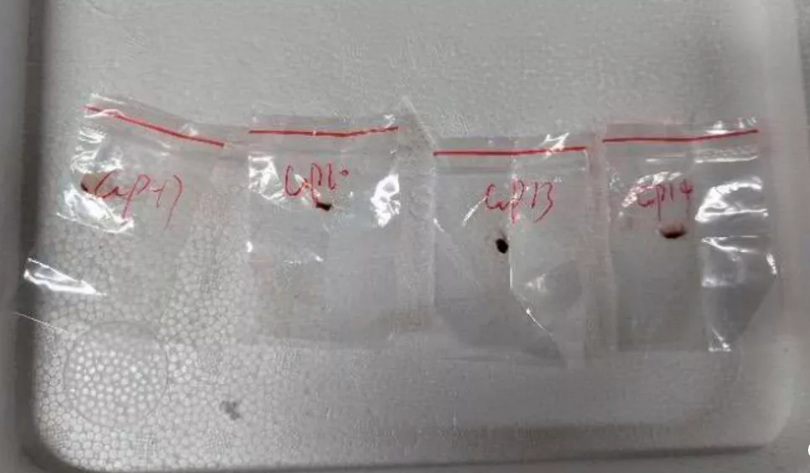
U.S. federal authorities have charged two Chinese nationals in connection with smuggling a dangerous agricultural fungus into the country, a move investigators describe as posing significant national security risks.
Yunqing Jian, 33, and Zunyong Liu, 34, are accused of conspiracy, smuggling, making false statements, and visa fraud after allegedly attempting to bring Fusarium graminearum — a toxic fungus capable of devastating crops and harming humans and livestock — into the United States. The case was detailed in a court filing by the Federal Bureau of Investigation (FBI) in Detroit.
The fungus, which targets essential food staples like wheat, maize, barley, and rice, is described in a scientific journal cited by the FBI as a “potential agroterrorism weapon.” Experts warn that its spread could inflict serious damage on global food security and agricultural economies.
U.S. Attorney Jerome Gorgon Jr. emphasized the seriousness of the case, stating: “The alleged actions of these Chinese nationals, including a loyal member of the Chinese Communist Party, are of the gravest national security concerns.”
Jian made her first appearance in a Detroit federal court on Tuesday and remains in custody awaiting a bond hearing scheduled for Thursday. A court-appointed attorney for her initial appearance declined to comment.
According to the FBI’s complaint, the investigation began in July 2024 when Liu was stopped at Detroit Metropolitan Airport. During a routine screening, customs officials discovered suspicious red plant material in his backpack. Liu initially claimed not to know what it was but later admitted he planned to use it for research purposes at the University of Michigan, where Jian is currently employed and where Liu previously worked.
Authorities say Liu’s mobile phone contained an article titled “Plant-Pathogen Warfare under Changing Climate Conditions,” raising further concerns about the intended use of the samples. The FBI believes the two individuals were coordinating to introduce the pathogen into a U.S. research setting without proper clearance or oversight.
Liu was denied entry to the U.S. and deported in July. Charges against both individuals were filed this week, as prosecutors continue to investigate the scope of the alleged conspiracy.
The case underscores growing concerns in the U.S. over biosecurity and potential misuse of scientific research amid rising geopolitical tensions.
Health
US Expands Measles Vaccination Guidance Amid Global Surge in Cases
-

 Business1 year ago
Business1 year agoSaudi Arabia’s Model for Sustainable Aviation Practices
-

 Business1 year ago
Business1 year agoRecent Developments in Small Business Taxes
-

 Politics1 year ago
Politics1 year agoWho was Ebrahim Raisi and his status in Iranian Politics?
-

 Business11 months ago
Business11 months agoCarrectly: Revolutionizing Car Care in Chicago
-

 Business11 months ago
Business11 months agoSaudi Arabia: Foreign Direct Investment Rises by 5.6% in Q1
-

 Technology1 year ago
Technology1 year agoComparing Apple Vision Pro and Meta Quest 3
-

 Politics1 year ago
Politics1 year agoIndonesia and Malaysia Call for Israel’s Compliance with ICJ Ruling on Gaza Offensive
-

 Sports10 months ago
Sports10 months agoKeely Hodgkinson Wins Britain’s First Athletics Gold at Paris Olympics in 800m





